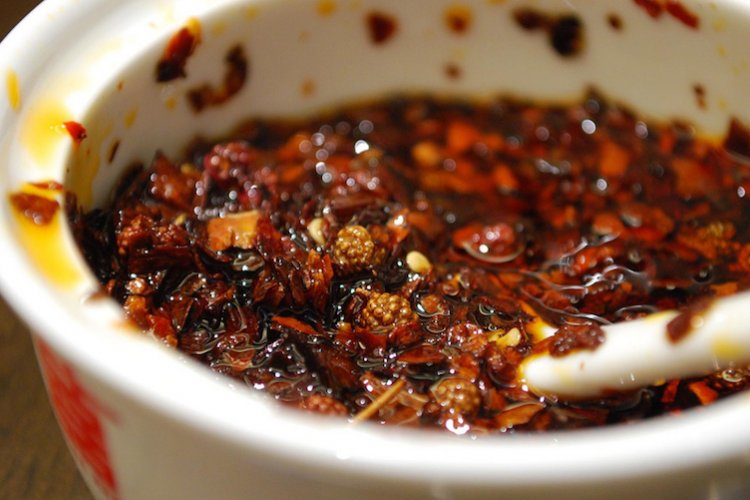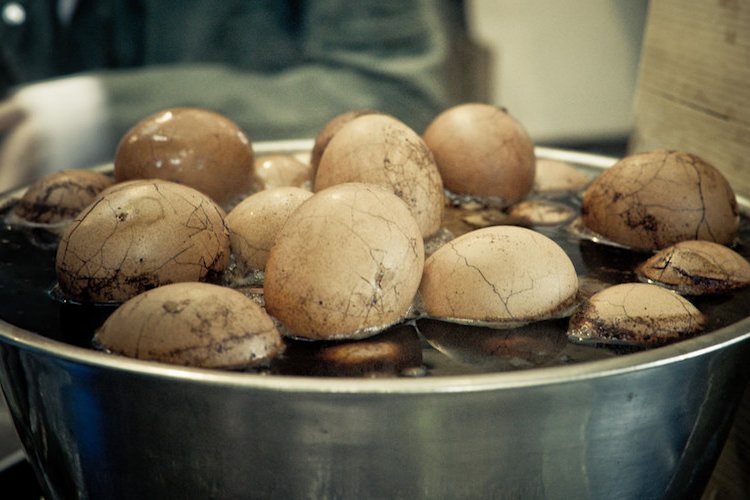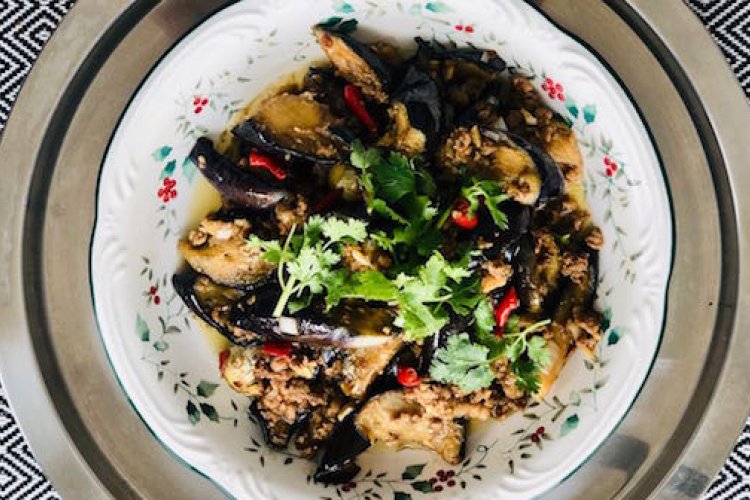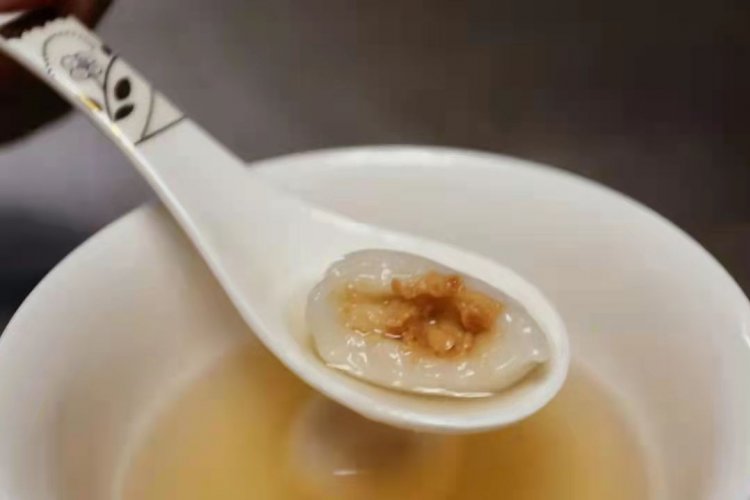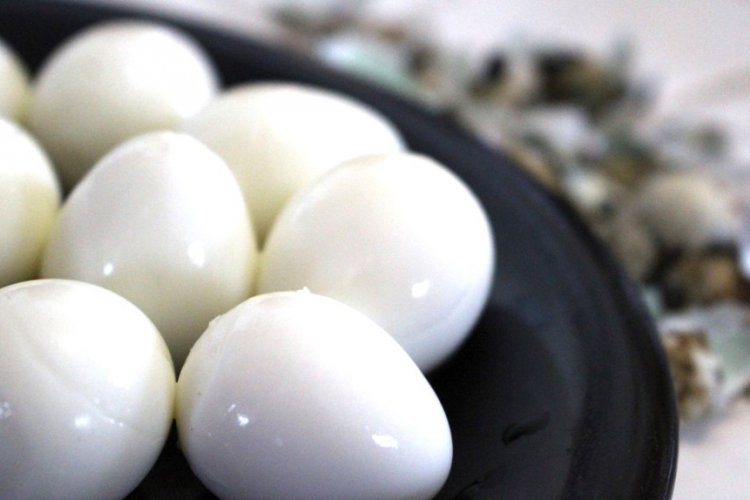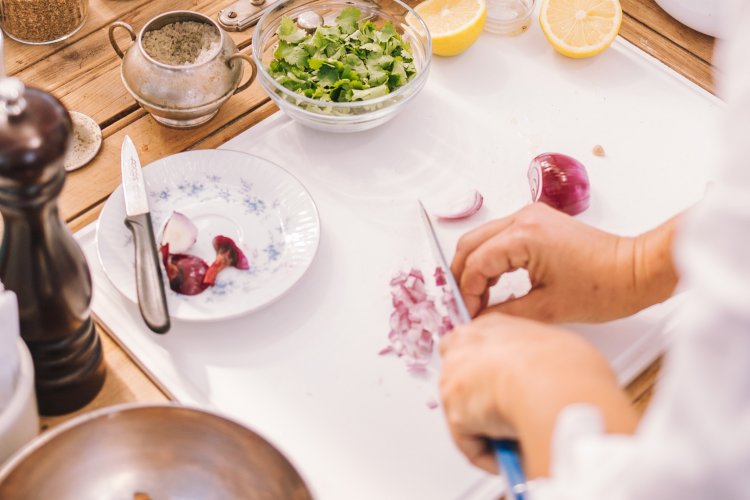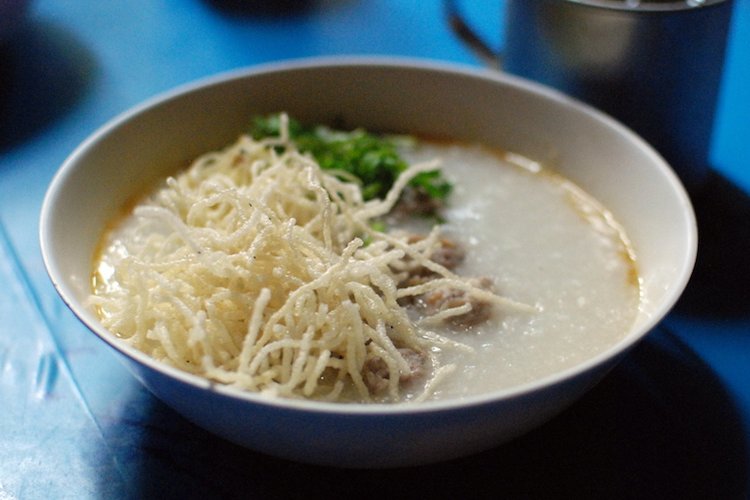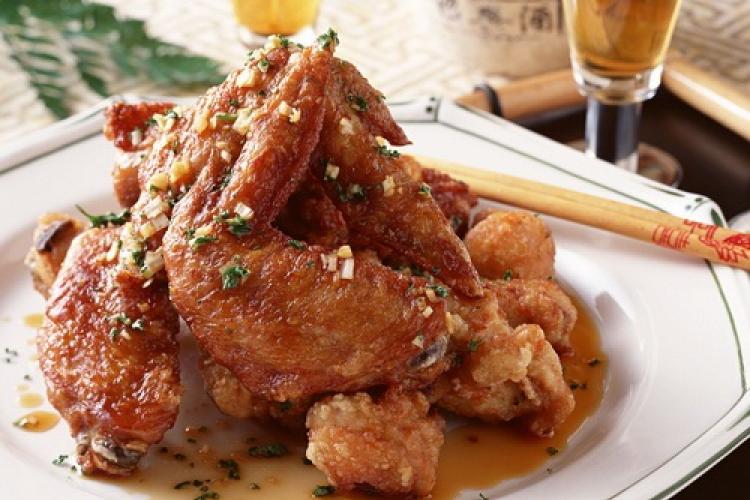Blog Tag - Chinese Cooking
Ever been in a Chinese supermarket surrounded by shelves of Chinese vinegar and had no idea what the differences are or which one to buy? Well, don't...
Dry pot (gānguō) dishes appear frequently on the menus of Hunan, Sichuan, and homestyle cuisine restaurants. Exceedingly versatile, gānguō dishes can...
Like many amateur cooks, I’m understandably wary of large containers of hot oil so until recently I hadn’t ever given much thought to making my own...
I love eggs in all their forms but there is a special place in my heart for that most portable of Chinese breakfast foods: the tea egg. A humble tea...
Despite having "fish fragrance" in its name, there's no addition of fish whatsoever in stir-fried spicy garlic eggplant (鱼香茄子 yú xiāng qiézi). And...
汤圆 Tāngyuán – glutinous rice dumplings generally made with a sweet and slightly savory black sesame filling – are a staple at most Chinese dinner...
In Wokipedia, we introduce aspects of Chinese gastronomy, one letter at a time. This time, 'Q' gets the treatment.
… qì 汽Qi, or steam, is one of the...
Cooking classes are a great way to learn a new skill, get to know a cuisine better, or even just meet new people. As you might imagine, for a country...
I have been following food writer, scholar, and illustrator Carolyn Phillips' excellent blog "Madame Huang's Kitchen" for years so it was with much...
It’s funny how breakfast is often the meal that offers the most comforting taste of home. When I first moved to China, I abandoned western food at...
Clemence Jiang of beijingkids guides us through how to make the perfect spring snack – spring rolls. It's all in the name, folks!
Spring is never...
“Wokipedia” is a regular magazine column in which we introduce aspects of Chinese gastronomy, one letter at a time.
...si 丝: This word, or...
- Page 0
- ››



